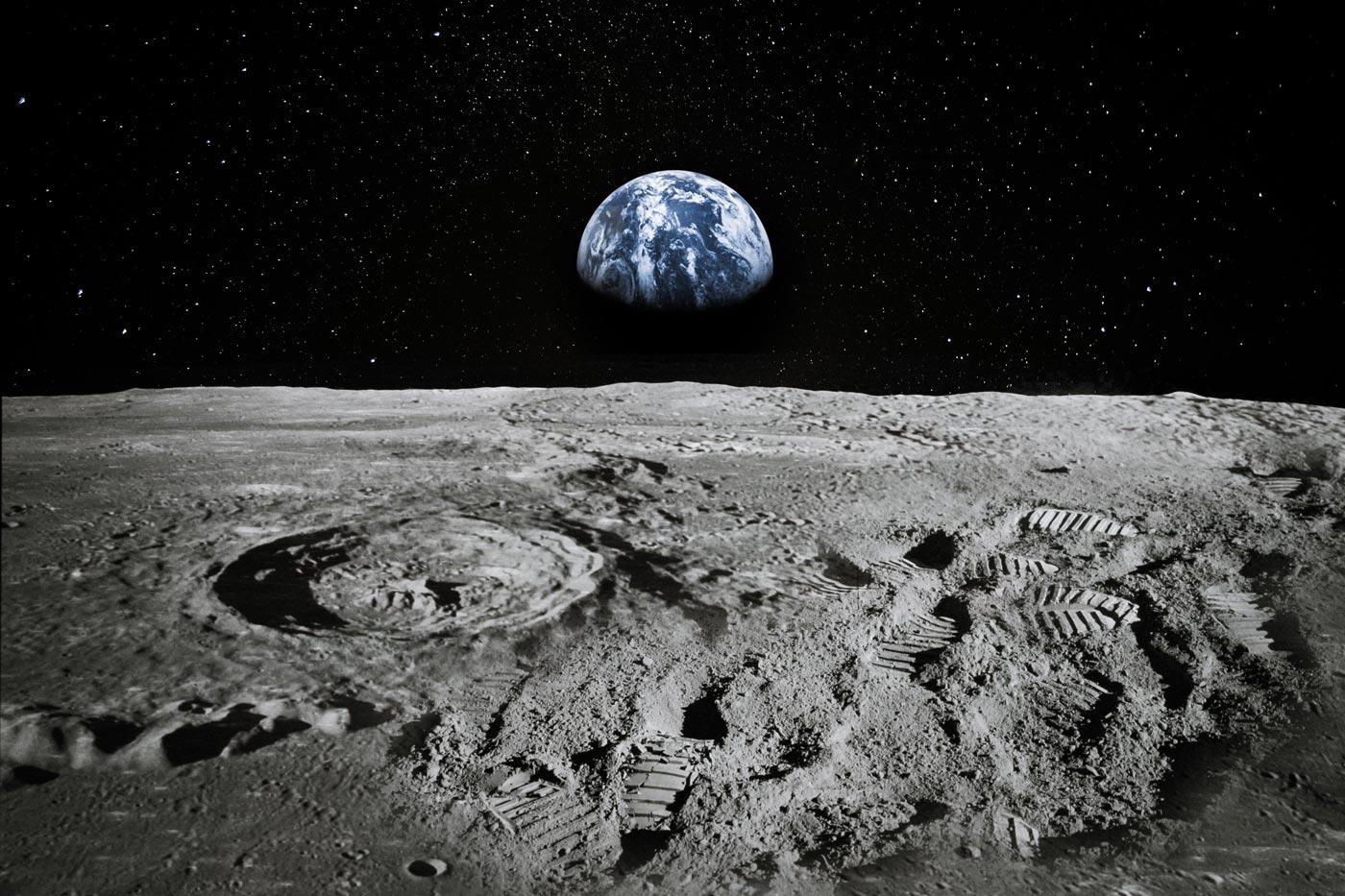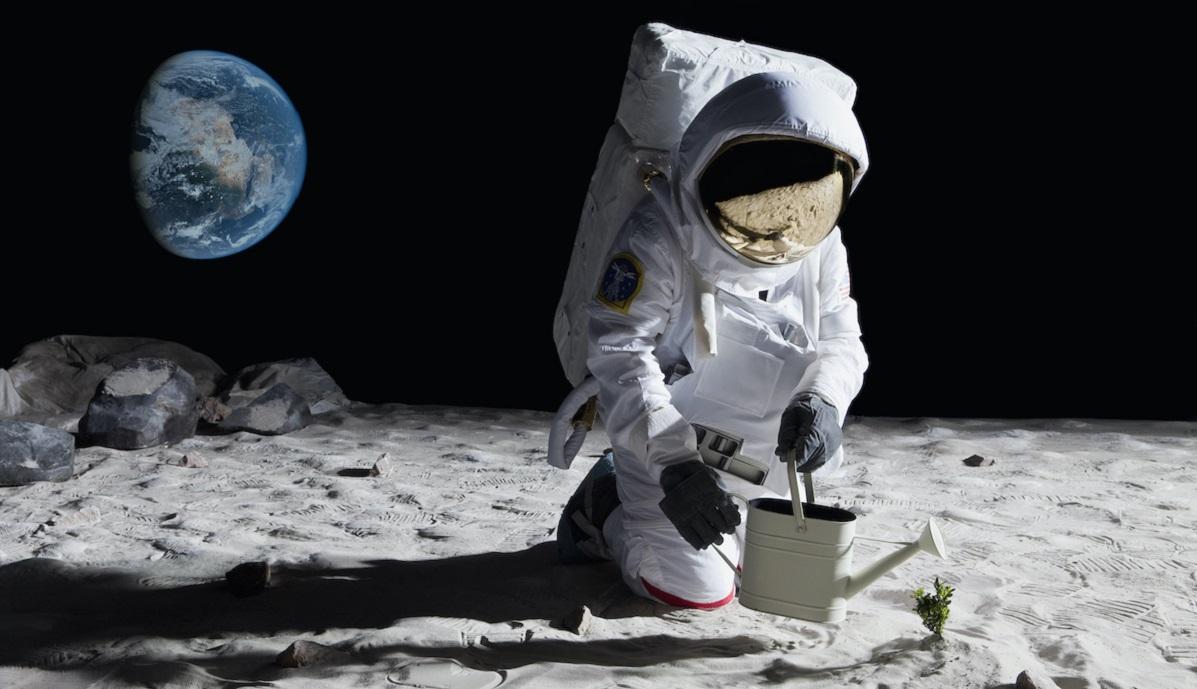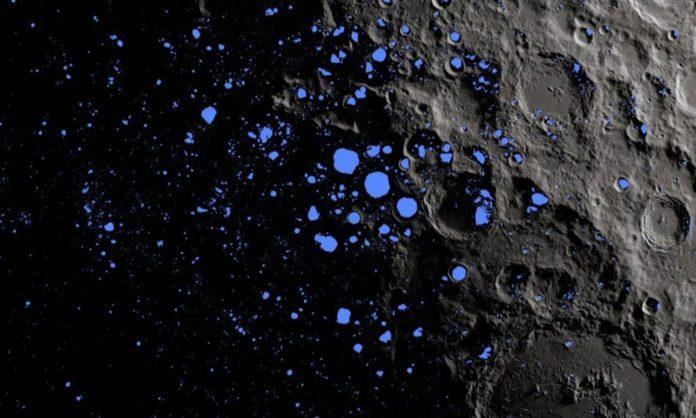Researchers claim to have found microscopic glass beads dispersed around the moon that are encased in water, suggesting a possible reserve of this priceless resource for upcoming human activity on the lunar surface. Although it was always thought that the moon was completely dry, recent missions have revealed that there is water on the surface and trapped inside minerals.
Scientists revealed on Monday that an examination of lunar soil samples recovered in 2020 during China’s robotic Chang’e-5 mission revealed that these glass-like spheres of melted and cooled rock had water molecules produced by the solar wind on the moon’s surface inside of them. Sen Hu, a planetary scientist at the Institute of Geology and Geophysics of the Chinese Academy of Sciences, and a co-author of the study that was published in the journal Nature Geoscience said “The moon is constantly bombarded with impactors – for example micrometeoroids and large meteoroids – which produce impact glass beads during high-energy flash-heating events.”

The solar wind is a stream of protons and electrons that travels across the solar system after leaving the corona, the sun’s outermost layer of the atmosphere. According to Hu, “solar wind-derived water is produced by the reaction of solar hydrogen with oxygen present at the surface of the lunar glass beads,” with these spheres subsequently serving as a sponge for the water. Water is essential not only as a source of drinking water but also as a component of fuel for future moon exploration, including potential long-term lunar outposts manned by astronauts.

The liquid water bodies that are characteristic of Earth are absent from the moon. Yet, it is believed that a sizable amount of water may be present on its surface, for instance as ice patches that are trapped in minerals and located in continuously shaded areas. “Water is the most sought-after commodity for enabling sustainable exploration of planetary surfaces. Knowing how water is produced, stored, and replenished near the lunar surface would be very useful for future explorers to extract and utilize it for exploration purposes,” Hu said. Researchers believe there is potential in extracting water from glass beads, potentially by heating them to generate vapor that would later condense into a liquid.
It was discovered that the glass beads could hold up to 2,000 parts per million of water by weight. Hu stated that he thinks these impact glass beads are a typical, equally distributed component of lunar soils. This does not provide evidence to support the existence of life on the moon. The moon’s harsh environment, including extreme temperatures, lack of atmosphere, and high levels of radiation, make it highly unlikely for any known form of life to survive. However, scientists continue to explore the moon for signs of past or present microbial life as our understanding of the universe evolves.
Stay tuned to Brandsynario for the latest news and updates.



































